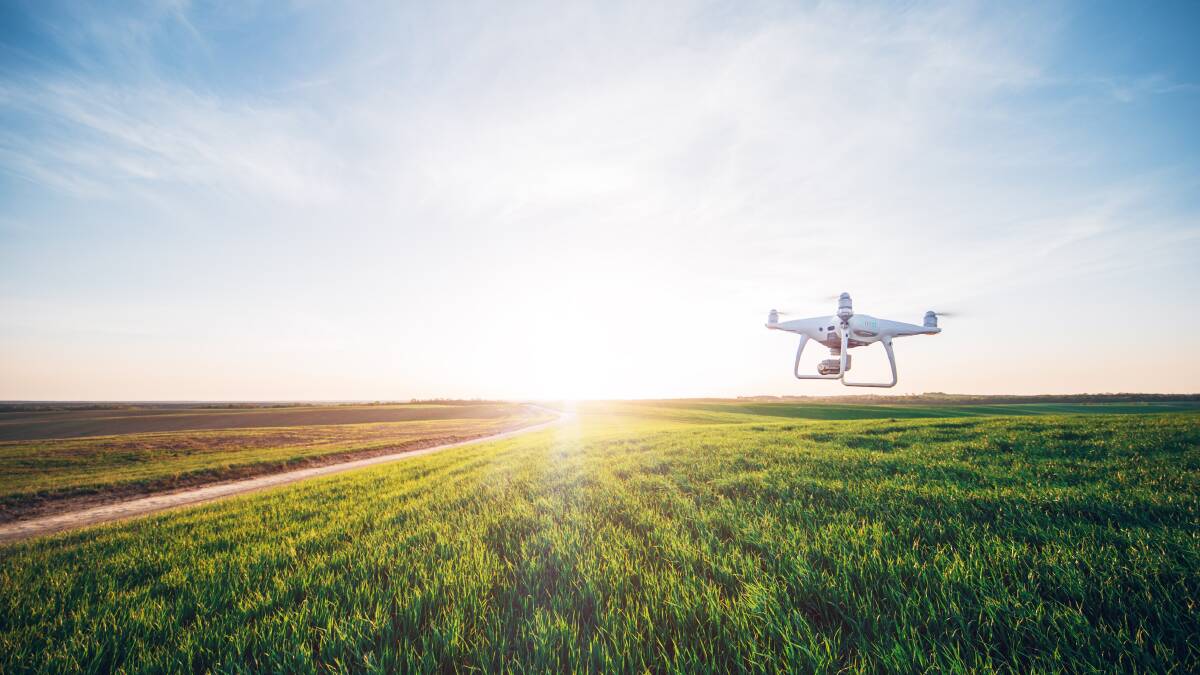With Australia’s population expected to reach 38.8 million in 2060-2061, agricultural productivity will need to increase to help support our growing population.
Over the next decade, 5G will play a pivotal role in smart and precision farming, promising to be the key to value for money and improved production. As the next generation of mobile technology, it was designed to meet the continued growth in demand for data and connectivity from industries, such as agriculture, providing mobility, stability and speed.
New smart agriculture technologies, such as drones, autonomous farm vehicles, robotics, artificial intelligence (AI), and IoT devices, which leverage fast, high-capacity private and public 5G networks, will ultimately maximize the operations. The Australian Mobile Telecommunications Association has identified five ways 5G will change agriculture.
Drones
With over 55% of Australia’s land used for agriculture, drones running on the 5G network could dramatically improve productivity, helping to perform time and labor intensive tasks on large farms and properties.
While drones are already in use in agriculture, mobile operators, like Optus, are exploring how 5G could play a crucial role in allowing drones to fly beyond visual line of sight and be fully autonomous.
With the high-speed and ultra-reliable connectivity of 5G, drones could automatically transmit HD video and images, including thermal and topographic images, track and identify objects like livestock, weeds and pests to using AI, and act on controls seamlessly controlled from miles away, enabling agro-industries to better analyze field conditions, distribute seeds and sprays, and manage crops and livestock.
Autonomous agricultural equipment
Autonomous farm equipment is the next big thing in smart agriculture. With 5G connectivity, farmers will be able to remotely operate a variety of driverless machines, such as tractors and combines, and even “field robots” capable of handling tasks such as weeding. 5G will also allow autonomous agricultural equipment to communicate with each other in real time. John Deere is looking to use 5G to make autonomous farm equipment smarter, last year revealing a concept of an autonomous electric tractor and “See & Spray,” an AI-powered weed sprayer. Both machines use the cloud to operate, so they need a super low latency 5G connection to be efficient.
Livestock monitoring
Real-time animal monitoring with precision breeding technology (PLF) will become more prevalent with 5G technology, such as animal tags, sensors and cameras. With 5G connectivity, farmers can monitor animal feeding and sleeping patterns, feed availability, indoor and outdoor environments, and general behavior to identify if an animal is sick or even pregnant.
5G animal monitoring projects are already being tested on farms. 5G RuralFirst in the UK uses biometric collars and earrings on cows for better tracking and monitoring of health in large, remote areas.
Food management
Improving food management will be key to increasing the food supply. Using 5G networks, food producers will be able to connect multiple IoT devices and sensors to track and monitor food throughout the supply chain, from processing to storage and delivery. This will improve traceability and storage conditions, which will increase food safety, minimize the risk of contamination and food poisoning, and reduce food waste. 5G will provide instant and reliable analysis of data and vision. As part of the Australian 5G Innovation Initiative, the Australian Meat Processer Corporation uses 5G compatible video technology to improve the quality assurance process of meat production, with the aim of reducing the cost of compliance and at the same time time to increase compliance efficiency. audit for farmers in regional and rural Australia.
Weather stations
Farmers and their crops are often at the mercy of the weather, so having field condition data is increasingly important for precision farming. Using 5G powered weather stations can help farmers optimize their work, water use and crop health, preventing damage and disease.
Weather conditions such as precipitation, temperature, wind speed and direction, air pressure and humidity can be measured in real time via 5G, providing more data-dense observations to help achieve better yields cultures. Telstra is deploying 55 high-quality IoT-enabled weather stations around Toowoomba, Queensland, using existing mobile network sites to deliver a hyper-local weather data and forecast system to farmers in the region. The project will test the viability of a weather network service to provide highly localized weather conditions to farmers and could become more widely used across Australia.
There is great potential for smart farming and precision farming on the horizon, as mobile network operators continue to invest in the deployment of 5G. Australia is a big country, so it will take time for the new 5G network infrastructure to become robust, but the future opportunities for agriculture are extremely exciting and promising.
- Louise Hyland, CEO of the Australian Mobile Telecommunications Association.
The story How technology will increase the productivity of agriculture first appeared in the Canberra Times.
Source











More Stories
Farm managers detained after a rope trap on a fence killed a leopard
Drought picture is getting grimmer for California agriculture, Farm Bureau reports
Cultivating a Crop West Branch Students Explore Agriculture